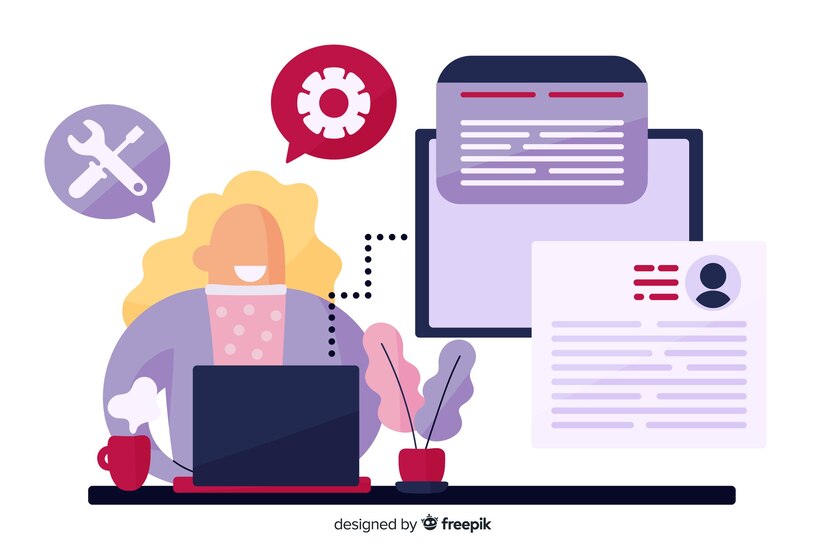
Insurance fraud is a persistent problem, costing the industry billions of dollars annually. From staged accidents to fabricated medical claims, these schemes erode profits and ultimately drive up premiums for honest policyholders.
To combat this threat, early detection is crucial. This is where insurance underwriting software steps in. Equipped with advanced data analysis and verification tools, this technology can become a powerful weapon in the fight against insurance fraud.
Contents
The High Cost of Fraud
Imagine someone lying on their application for cheaper insurance or exaggerating a claim to get more money back. That’s insurance fraud. It comes in a few forms:
- Application fraud: People might lie about their health, driving history, or even their property to get a lower premium.
- Premium fraud: Someone might pay for a policy but never actually intend to file a claim or pocket the premium payment without sending it to the insurance company.
- Claim fraud: This is the most common type. People might fake an accident, inflate a repair cost, or even pretend someone died to collect money they don’t deserve.
The problem is all this fraud adds up. Insurance companies lose money, and to make up for it, they have to raise premiums for everyone, including honest customers. So, in the end, everyone pays the price for fraud.
3 Ways Underwriting Software Fights Fraud
1. Data Analytics and Predictive Modeling
Imagine the software as a super-powered detective. It can gather information from all sorts of places, like public records, credit reports, and even past insurance claims. Then, it uses its analytical skills to look for patterns and clues.
Here’s a cool feature: the software can predict potential fraud based on these patterns. Think of it like a red flag system.
For example, if someone applying for car insurance has a terrible driving record but claims they’ve never been in an accident, the software might raise a red flag because that seems suspicious and helps employers focus on applications that need a closer look.
2. Automated Verification and Third-Party Data Integration
Remember how you fill out forms online, and sometimes it pre-fills your address? Insurance Underwriting software can do that, too, but for much more information!
It connects to special databases like credit bureaus, which track your financial history, and public records, which hold things like your address and property details. It can also check with anti-fraud groups that share information about known fraudsters.
Think of it like having a team of assistants who can instantly confirm everything you write on your application.
For example, if you say you live at 123 Main Street, the software can check public records to see if that address really exists. If there’s a mismatch or if something else in the databases seems suspicious, the software will flag it for further investigation.
This way, it can catch inconsistencies before a fraudulent policy gets approved.
3. Document Review and Anomaly Detection
Picture the software has a magnifying glass and a keen eye for detail. It can scan all sorts of documents you submit, like income statements or medical records, and look for anything suspicious. It even has special features like:
- Image recognition: This lets the software compare things like signatures or logos on your documents to see if they seem real.
- Optical character recognition (OCR): This is like magic! It allows the software to read text from scanned documents so it can analyze things like fonts and formatting.
For example, if the software notices that the font used in your income statement suddenly changes in the middle of the document, it might raise a red flag.
This could be a sign that someone tampered with the document. The software can help identify potentially forged documents by catching these tiny inconsistencies before they lead to a fraudulent claim.
Benefits of Using Fraud Detection Software
Imagine a smoother, faster way to process insurance applications while catching fraudsters in their tracks. That’s what underwriting software offers. Here’s how it helps:
- Faster approvals for honest customers: The software frees up time to quickly approve legitimate applications by automating checks and catching fraud early.
- More accurate risk assessment: The software can better understand each applicant’s risk profile with all that data analysis, leading to fairer premiums.
- Less paperwork and save money: No more manual verification! The software streamlines the process, saving insurers time and resources.
- Potentially lower premiums overall: Insurance companies lose less money when fraud is reduced. This could eventually lead to lower premiums for everyone.
Final Words
With its advanced features, insurance underwriting software proves to be a powerful weapon against insurance fraud.
Streamlining verification, analyzing data, and identifying inconsistencies empowers the industry to protect itself and, ultimately, benefit honest policyholders with faster approvals and potentially lower premiums.
